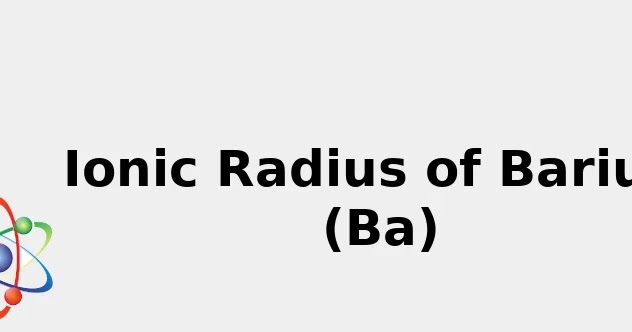If an atom has an atomic number of 10, how many electrons does it have?
Neon (Ne) has atomic number 10 with 10 protons in the nucleus (that's why, you know) and, where the Atomic Mass is round 20 (Standard atomic weight 20.1797), the most abundant isotope (90%) is 20Ne. Start studying Elements 1-10 (Atomic Mass, Atomic Number). Learn vocabulary, terms, and more with flashcards, games, and other study tools. The atomic number is the number of protons in the nucleus of an atom. The number of protons define the identity of an element (i.e., an element with 6 protons is a carbon atom, no matter how many neutrons may be present). The number of protons determines how many electrons surround the nucleus, and it is the arrangement of these electrons that.
1 Answer

Explanation:
You just have to remember these basic rules:
(1) The atomic number is equal to the number of protons in that atom.
(2) If the atom is neutrally charged (or zero charged), the number of electrons is the same as the number of protons.


Atomic Number 106
Otherwise, negative charge means that the atom gained electrons, and for positive charge the atom lost electrons.
For example,

Atomic Number 101
Atomic Number 102
Related questions
